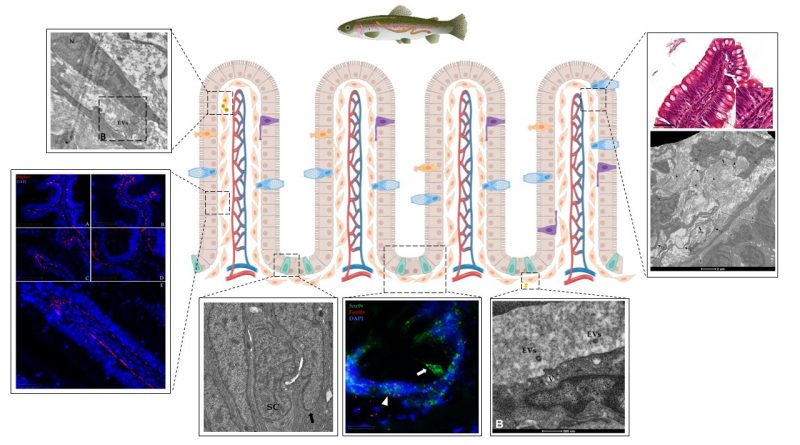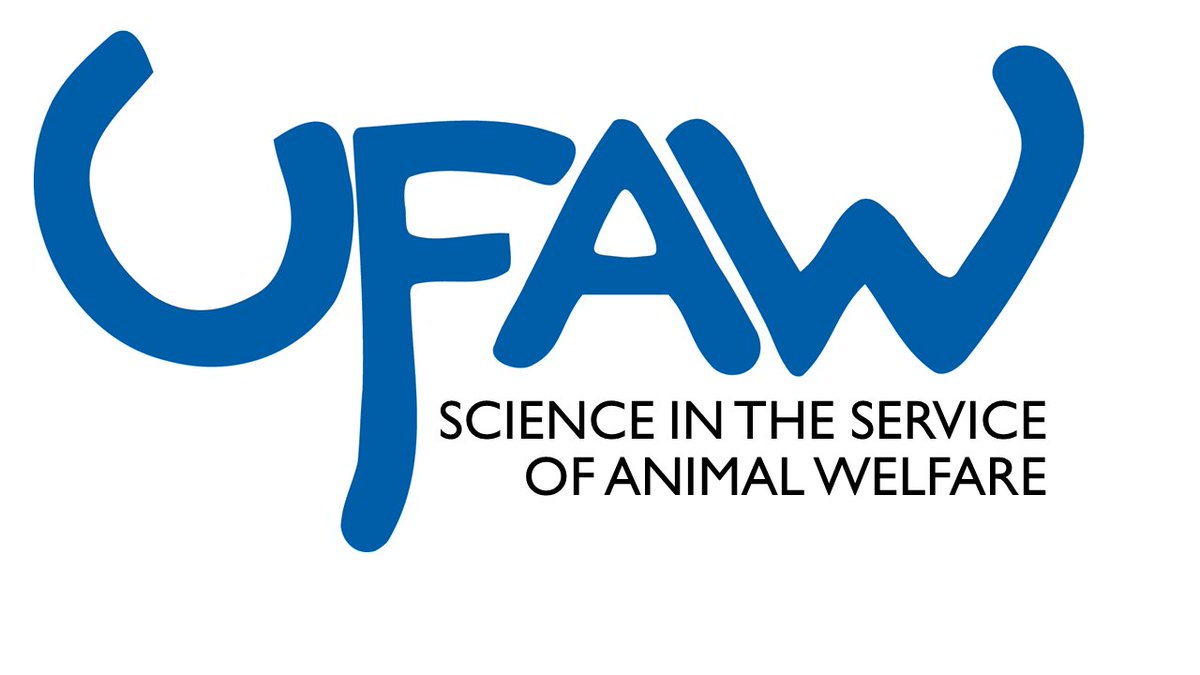A NEW CELL POPULATION USEFUL FOR STUDYING THE INTESTINAL HOMEOSTASIS OF RAINBOW TROUT
According to FAO data, global demand for fish is increasing. Italy is no exception with a growing consumption that, according to Eurobarometer, consists of at least 30 % of households eating fish once a week. A popular dish is represented by trouts, freshwater fish, rich in Omega 3, highly digestible and suitable for all ages, easy and quick to prepare. One of the most farmed species is rainbow trout, a carnivorous fish species, that eat fish flower (prepared by fishes caught in the seas and then processed industrially), with a clear impact on marine biodiversity.
This is the framework that pushed researchers at the University of Milan to join forces with Oslo University and a business partner, market leader in the feed industry, Skretting Group to find out more sustainable alternatives, and to study and evaluate an ‘alternative and sustainable diet’ for trout, starting from an in vitro intestine. The project is called FISH-AI and it benefits from European funds within the Horizon 2020 programme.
The choice of using an in vitro intestine allows researchers to test different formulations (for example, testing a compound made of insect flowers) and then go to actual testing only for the most promising compositions.
As stated by Prof. Fulvio Gandolfi, Head of the Research Team at La Statale and coordinator of the European FISH-AI project: ‘we need to create a model that is predictive in order to identify more sustainable alternatives, but without compromising the animal welfare.’ Dr. Verdile, Team Researcher at La Statale, directly involved in the study, states, ‘first, we do analyse the intestinal mucosa of rainbow trout fed with well-known diets that cause adverse effects on the mucous membrane’. This allows researchers to identify those benchmarks to be analysed in vitro. The in vivo feeding tests are carried out at the University of Oslo, where the team carries out the tests, at the Faculty of Veterinary Medicine, thanks also to the technical support of Skretting, which creates feed formulations to identify or confirm the indicators in the field.
Research is therefore based on an unconventional animal model which makes it difficult to characterise new specific cellular and molecular targets. For this reason, the research team used RNA scope technology, marketed by the American company ACDbio, a leader in hybrids. This new technology has enabled the group to define in details the organisation of a rainbow trout mucosa. Beside being scientifically important, the results obtained were also appreciated for their technical and aesthetic value and Dr Verdile was awarded with a prize by the manufacturer company (The 2023 Art of RNAscope™ Image Contest | In Situ Hybridization, RNA-ISH | ACDBio).




